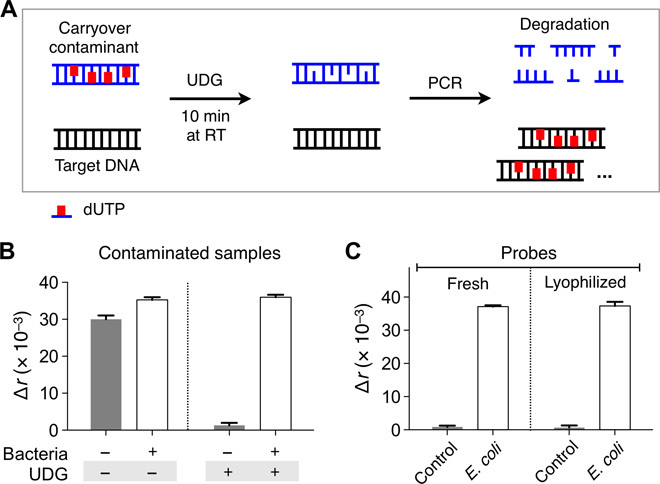Fig. 4. Assay optimization for POC operation.

(A) Schematic illustration of UDG-mediated control on carryover contamination. Uracil-containing carryover contaminant was specifically broken down by UDG, which allows for the amplification of the true target DNA only. (B) Uracil-containing contaminants (107 copies) were added to all samples. Contaminated samples produced high signal even in the absence of target bacteria. When samples were treated with UDG, the false-positive signal was eliminated. (C) The PAD reagents were lyophilized to facilitate their transport and extend their shelf life. After 4 weeks of storage in ambient condition, the reagents were used for bacterial detection. No difference was observed between fresh and lyophilized reagents. Bacterial samples in (B) and (C) contained E. coli (106 CFU/ml). All experiments were performed in triplicate, and the data are displayed as means ± SD. RT, room temperature.
